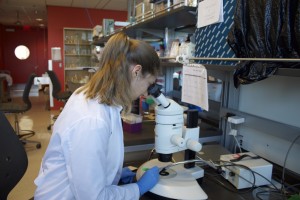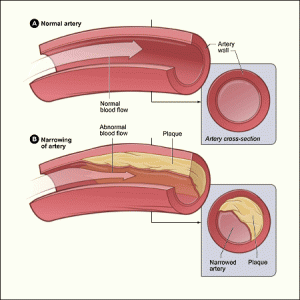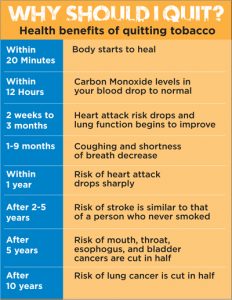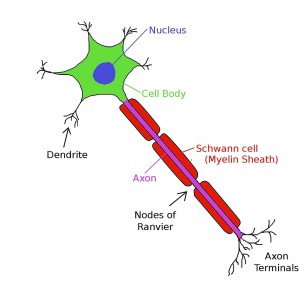What do you do when you drop something on the ground? Simple- you bend over and pick it up. It would never cross your mind that performing such a mindless gesture could land you in the hospital. However, if you are one of the many with osteoporotic bones, then you may be out of luck. Osteoporosis is a condition that weakens bones and leads to fractures, affecting both men and women worldwide.
Surprisingly, many people are not aware of the detrimental effects of osteoporosis until it is too late.
Take a listen to the podcast below as we attempt to see how well informed the students at the University of British Columbia are of this silent disease.
As mentioned in the podcast, leading medical treatments for osteoporosis are currently limited to bisphosphonates. These are highly effective drugs aimed at limiting bone loss. However, they come with a fair share of disadvantages, including unwanted side effects and complicated dosing regimes.
As a result, alternatives are being investigated. In fact, applications using the element lanthanum have become a new area of interest. Lanthanum is a bone-seeker, as it has a high affinity for the main mineral component of bones, called hydroxyapatite. To further improve the effect of this element, suitable compounds known as chelators have also been studied to improve the targeting ability and enhance its affinity to hydroxyapatite.
In the most recently published study, a team of UBC researchers led by Dr. Chris Orvig have investigated the effect of lanthanum, along with certain chelators, in rats. In the following video, Dr. Orvig introduces the idea of using lanthanum as a potential treatment for osteoporosis and explains the overall implications of his research. Have a look!
In this video, Dr. Orvig emphasizes that this research is at the very basic level. However, he was able to elaborate on the significance and concerns of the potential role of lanthanum in the treatment of osteoporosis. One certain lanthanum complex has shown great promise, and thus will be a focus of interest for future studies. Although the future of lanthanides in osteoporosis treatment is bright, it still needs support and funding.
Overall, we all can do our part in raising awareness of this disease, by providing people with the knowledge that it’s never too early or too late to take steps to improve your bone health.
Thank you for reading!
By Brigette Wee, Sahil Mann, Ali Lamont-Caputo, Kerrie Tsigounis




























